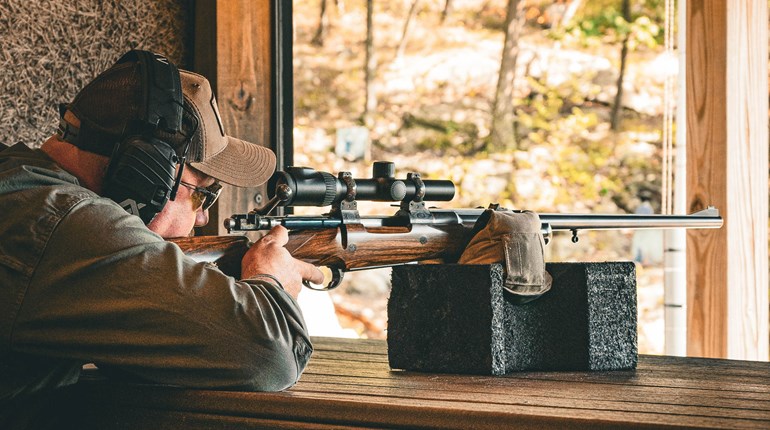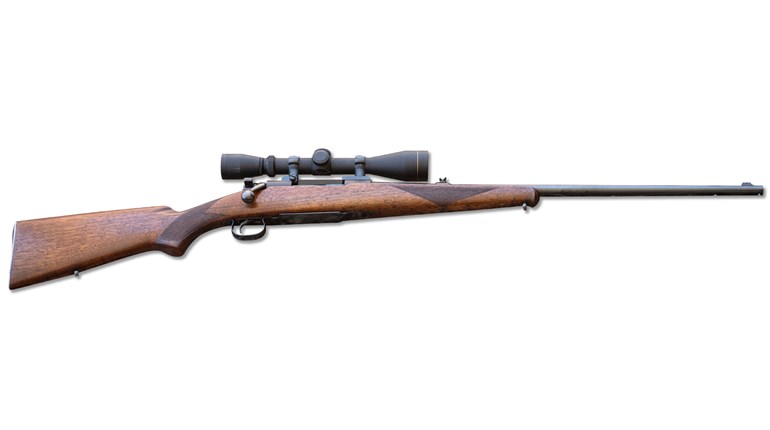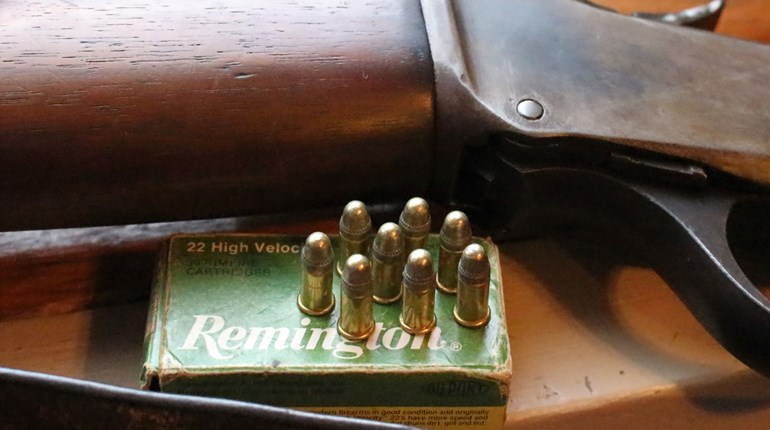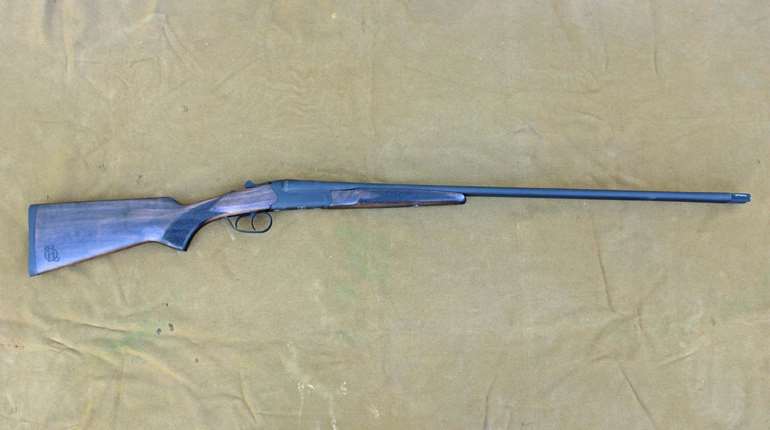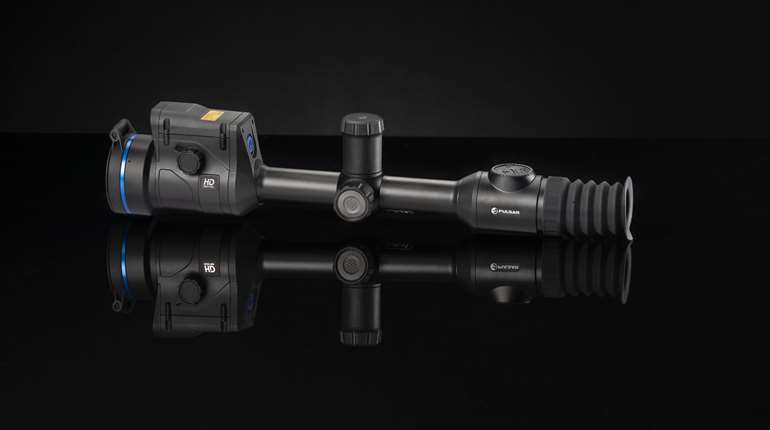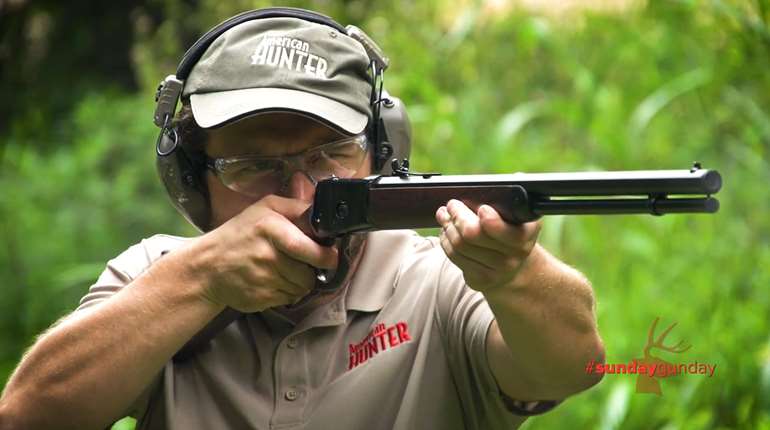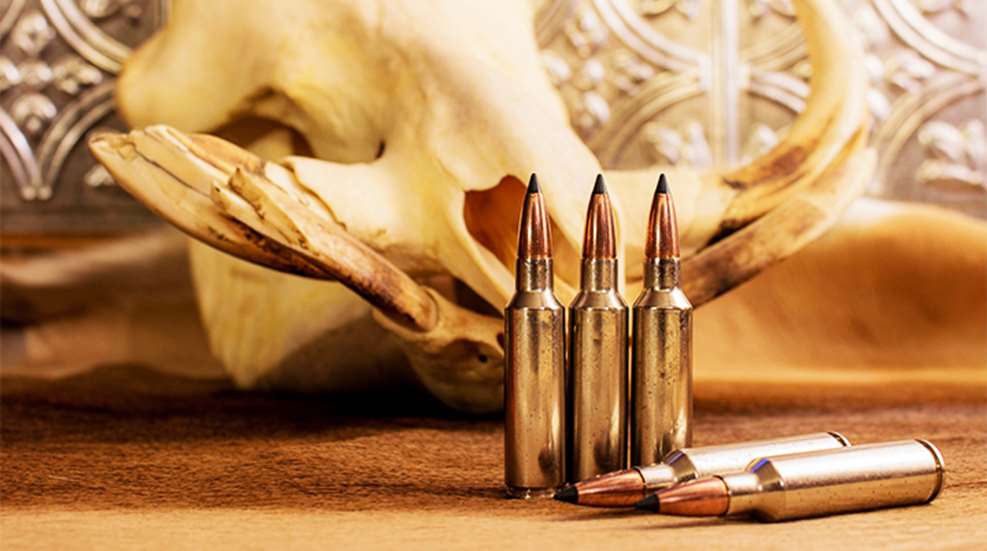
The family of .300 magnums grew at the turn of the 21st century, with the 1999 release of the .300 Remington Ultra Magnum and the release of the .300 Winchester Short Magnum in 2001, both based on the classic and underrated .404 Jeffery case. The former was assuredly a speed demon, requiring a magnum action and driving a .30-caliber bullet to speeds only rivaled by the voluminous .30-378 Weatherby Magnum, but the latter was equally revolutionary and slightly reminiscent of the 6.5 and .350 Remington Magnums of the 1960s.
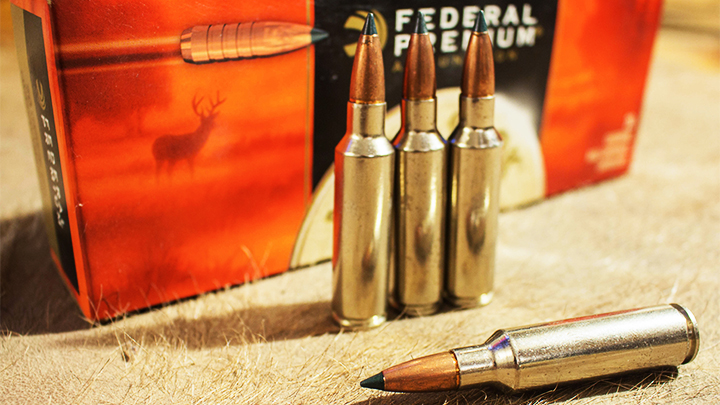
Where those Remington Magnums were both based on the belted .375 H&H case, shortened to fit in the short-action (.308 Winchester-length) receivers, the new .300 Winchester Short Magnum (WSM) was not belted, relying instead on its 35-degree shoulder for headspacing. The concept of the short, fat cartridge—with a more compact powder column—wasn’t exactly new, as the .308 Winchester and its family had shown in the 1950s.
The history of the .300 WSM is a sordid one, involving lawsuits and court cases; Rick Jamison had a huge part in the development of the design, yet without raking the muck, isn’t always credited for that work (the original name of the .300 WSM was to be the .300 JRW, standing for Jamison, Ruger and Winchester). Nonetheless, the cartridge is a unique design, intended to duplicate the ballistics of the venerated .300 Winchester Magnum, released in 1963.
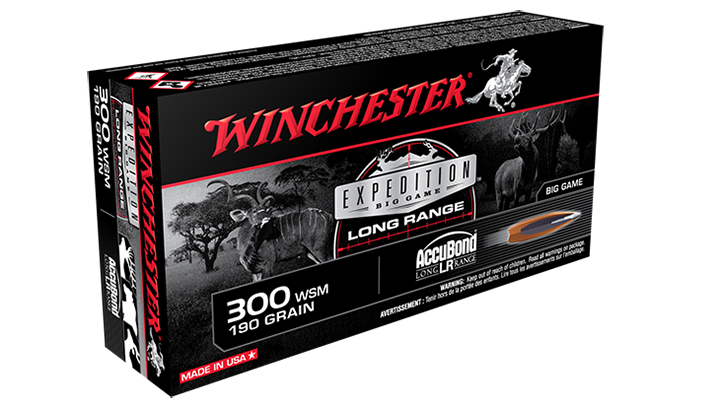
That cartridge in turn mimicked (actually bettered) the performance of the classic .300 H&H Magnum, but in a long-action receiver instead of the magnum receiver required by the .300 H&H, and now in turn, Winchester offered the same velocity from a short-action rifle. The advantages of the shorter receiver are commonly thought to be enhanced rigidity (a rigid action can help in the accuracy department), reduced weight and a faster follow-up shot due to the shorter bolt throw.
The .300 WSM uses a case which measures 2.100 inches, just .085 inches longer than the .308 Winchester, yet a cartridge overall length of 2.860 inches, compared to the .308’s 2.800-inch overall length. The only way to give a case this short the powder capacity to achieve magnum velocities is to make the case wider, and that’s exactly what the .300 WSM does. Using the base diameter of the common H&H belted case (presumably for ease of manufacturing) instead of that of the slightly larger Jeffery parent case, the .300 WSM has a slightly rebated rim. The case body has very little taper, measuring 0.555 inches and the base, and 0.538 inches at the datum line (where the case body transitions to the shoulder), to provide as much volume as possible.
The velocities of the .300 WSM can supersede those of the .300 Winchester Magnum in factory cartridges. For example, the standard 180-grain load of the .300 Winchester Magnum is 2960 fps, while many of the .300 WSM loads with the same bullet weight will run at 3000 fps or better. While there are few game animals which could ever tell the difference between the two, many shooters appreciate the higher velocity figures. The common factory loads run between 150 grains and 200 grains, though the .300 WSM can handle the full range of .30-caliber bullets. And like the .30-06 Springfield, .308 Winchester and .300 Winchester Magnum, the .300 WSM has a wide selection of factory ammo, from simple cup-and-core bullet choices up through the premium bonded-core and monometal bullet choices.
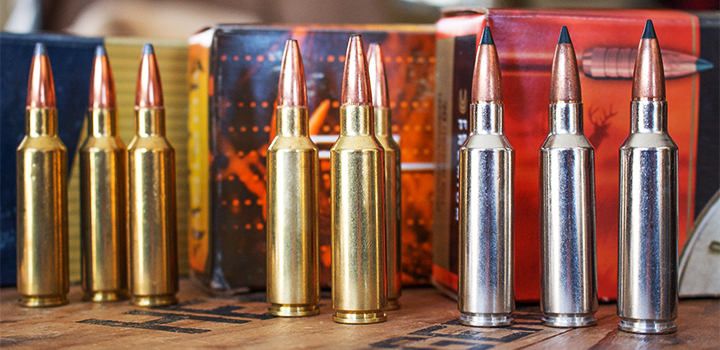
Like the other .300 magnums, the .300 WSM is fully capable of taking the full range of North American big game—though I personally feel there are better tools for the brown bear and bison—and any African plains game species at all, as well as being just about perfect for leopard, and will handle lion in a pinch. There are factory loads specifically designed for taking deer—Hornady’s American Whitetail load drives a 165-grain InterLock cup-and-core bullet to 3130 fps—but like the .300 Winchester, the magnum velocity can make a mess of things, leaving a bunch of blood-shot meat. Think about the distances at which you shoot and adjust your bullet choice accordingly; if you want to use your .300 WSM in the Northeast where shots are close, choose a premium bullet to avoid an excessive mess.
The .300 WSM design does have its issues, not the least of which is a steep shoulder which can often lead to feeding issues. I have shot quite a few different .300 WSM rifles, and unless it was a custom rifle where special attention was paid to the magazine follower and feed ramp, I have had quite a few feeding problems with this cartridge. Driving a large 35-degree shoulder into the feed ramp can obviously pose an issue, and this warrants a bit of concern.
Handloading for the .300 WSM isn’t exactly difficult, but I have found the cartridge to be a bit more finicky than the .300 Winchester. Look to powders in the H414/Reloder 22/IMR 4350 range for all-around choices, keeping in mind that case capacity is at a premium, and that a good many loads will be compressed. Ball powders like Hodgdon’s H414 and Alliant’s Power Pro 4000-MR will generate the velocities you’re looking for without compromising case capacity; you’ll definitely want a large rifle magnum primer to spark the heavy powder charges.
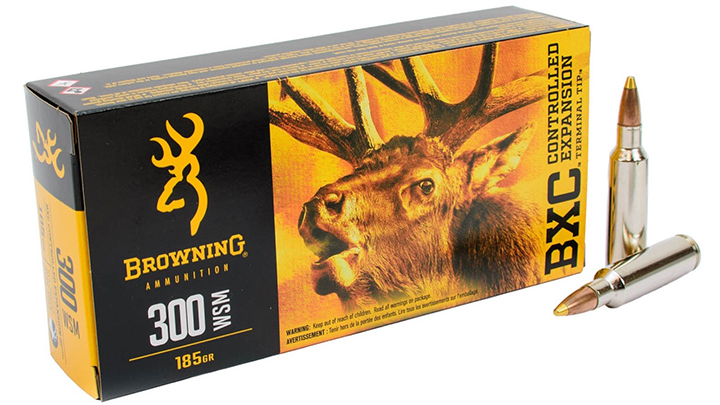
There are those who feel the WSM family is an example of the law of diminishing returns, and that the shooter/hunter may be better off with a more traditional cartridge. I do feel that the smaller siblings of the .300 WSM—namely the .223, .243 and .25 WSSM cartridges—suffer from a lack of attention from the ammunition manufacturers, as both ammo and component brass cases are quite often unattainable, and they probably won’t be with us for very long. I also feel the .300 WSM is the best design of the lot, and that includes the .270 WSM, 7mm WSM and .325 WSM.
The .300 WSM has proven to be wonderfully accurate in a well-tuned rifle, and when things are built properly it truly is the equal of the .300 Winchester Magnum; it just requires more attention to make sure the cartridge feeds properly. Will it push the belted .300 Winchester Magnum out of the limelight? I don’t think so. There is, however, room for both.
Looking for previous installments of our "Behind the Bullet" series? We've got you covered.
• 28 Nosler
• 6.5 PRC
• .22 WMR
• .458 Winchester Magnum
• .22 Hornet
• .280 Ackley Improved
• .240 Weatherby Magnum
• .458 Lott
• .264 Winchester Magnum
• .348 Winchester
• .33 Nosler
• .260 Remington
• .30-30 Winchester
• .416 Rigby
• .358 Norma Magnum
• .22 LR
• 7mm-08 Remington
• 8mm Remington Magnum
• .338 Federal
• .224 Valkyrie
• .338-06 A-Square
• 9.3x62mm Mauser
• .257 Weatherby Magnum
• .45-70 Government
• .300 H&H Magnum
• .25-06 Remington
• .30-06 Springfield
• 6.5 Creedmoor
• .300 Remington Ultra Magnum
• 7mm Remington Magnum
• .470 Nitro Express
• .280 Remington
• .300 Winchester Magnum
• .270 Winchester
• .222 Remington
• .45 ACP
• .404 Jeffery
• .44 Remington Magnum
• .41 Remington Magnum
• .243 Winchester
• .338 Winchester Magnum
• .357 S&W Magnum
• 6.5-284 Norma
• 8x57 Mauser
• .38 Smith & Wesson Special
• 7x57mm Mauser
• 9 mm Luger
• .35 Whelen
• .454 Casull
• .375 H&H Magnum
• .45 Colt
• .22-250 Remington
• 10mm Auto
• .308 Winchester













